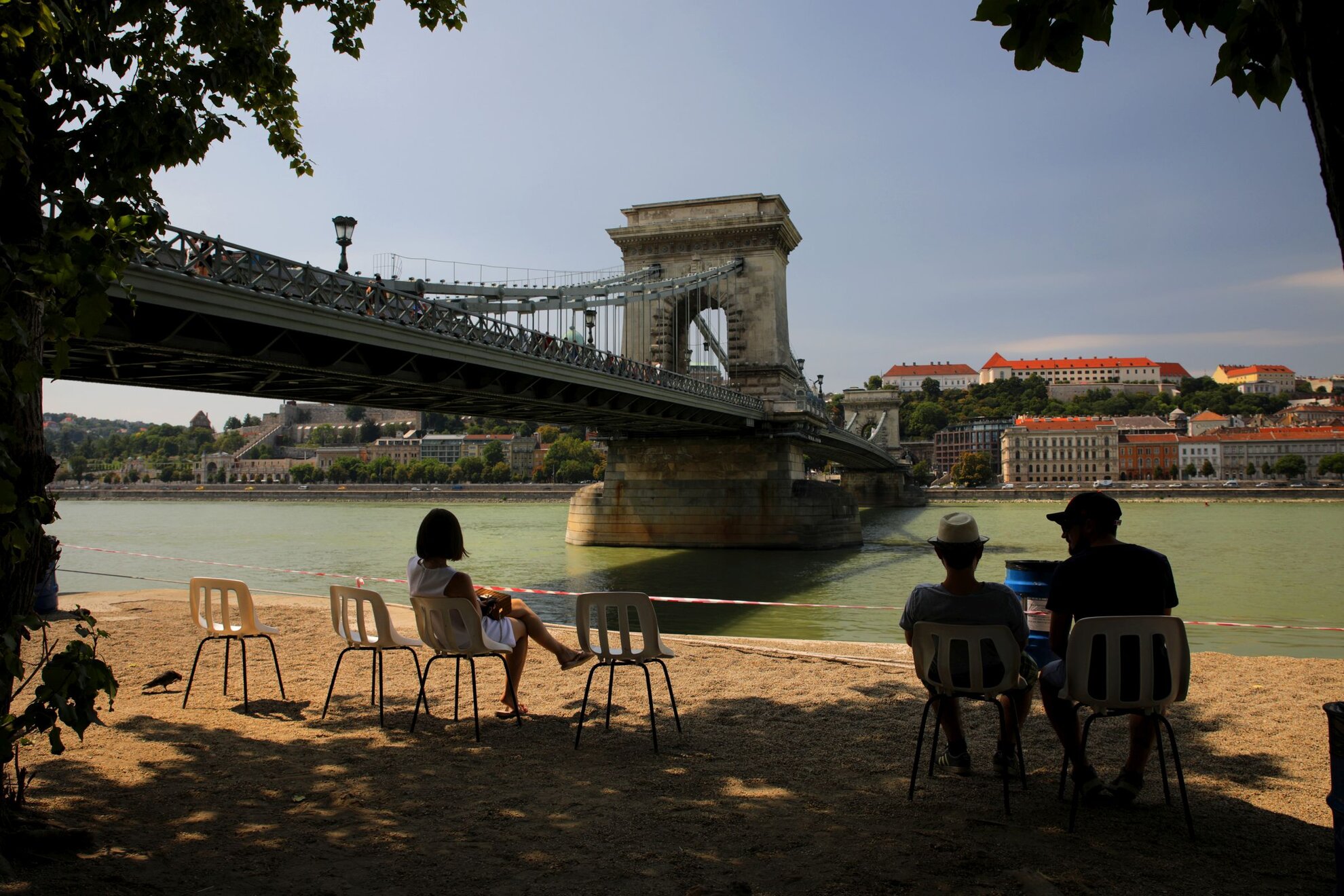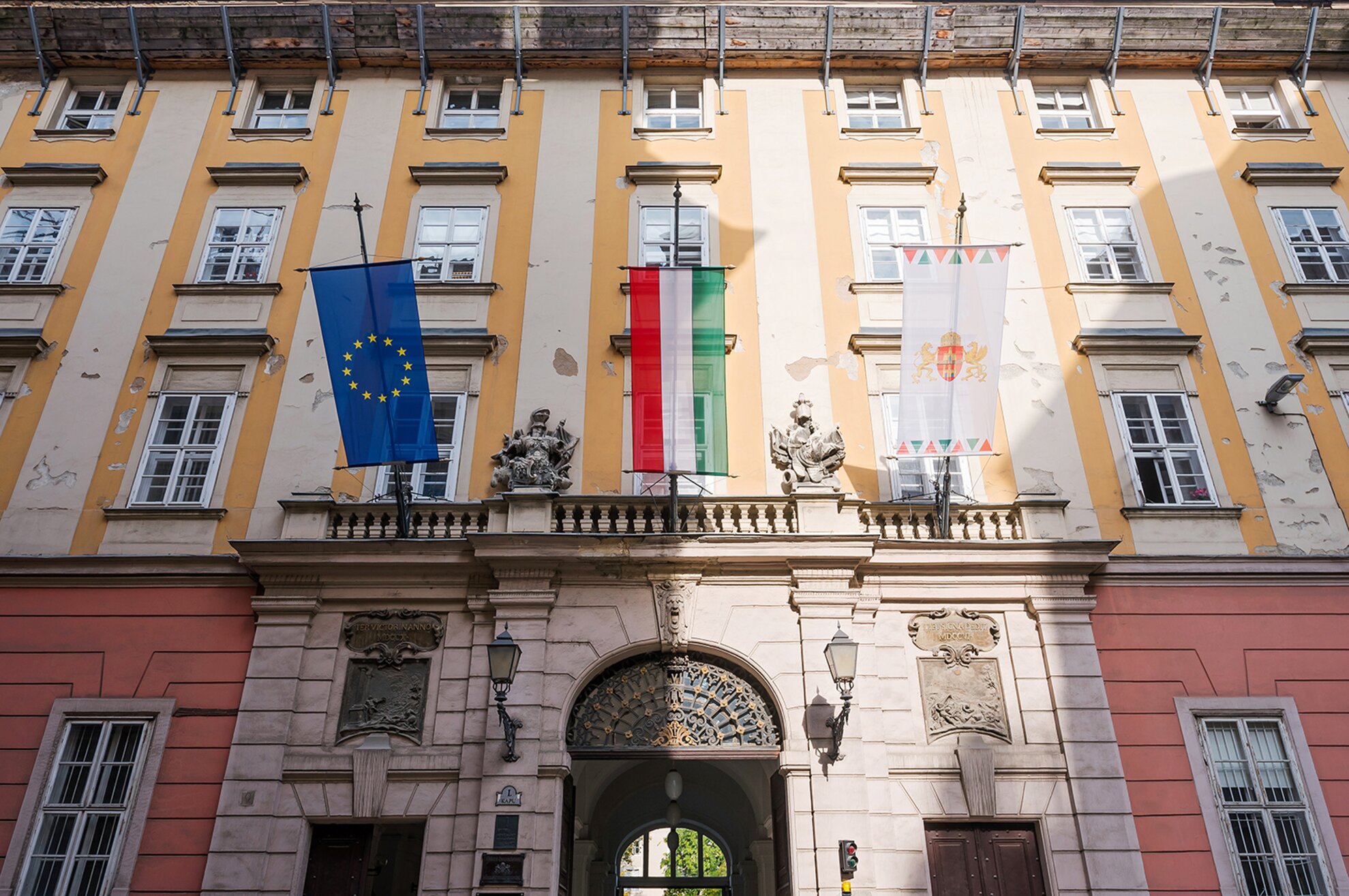The history of the name of the Hungary’s capital dates back to the Reform Era of the earlier 1800s but the names Buda and Pest existed earlier. When and why are complex and uncertain.
Buda and Pest

What is certain is that the name Buda was born first. There are several explanations for its origin, but where the truth is is not known. The settlement created around Buda Castle after the Mongol invasion, became known as Újbuda, the former Roman centre of Aquincum, Ó-Buda, meaning ‘New’ and ‘Old’.
According to some medieval chronicles, the name came from the brother of Attila, King of the Huns, and Buda was a popular person’s name in use at the time. Other sources refer to Slavic and Celtic origins and something related to water, so Buda came from the word voda (‘water’).

The origin of ‘Pest’ is similarly obscure. Ptolemy's work in the 2nd century, The Introduction to the Mapping of the Earth, called Aquincum ‘Pession’, and some believe that that’s where ‘Pest’ comes from. But there is a more accepted explanation that the name has to do with Gellért Hill. The Slavic word pest means a cave, a rock cavity, subsumed into old Hungarian and denoting a kiln, as well as the cave of Hévíz, so Gellért Hill was originally named Pest Hill, and the river crossing at its foot was Pest. Of course, this is still the Buda side, but the accessible bank opposite also gained its name, as indicated in documents of the day.
Pest-Buda, Buda-Pest or… Honderű?

The idea of unification first appeared in the 1830s during the Reform Era, and one that links back to none other than István Széchenyi, the nobleman responsible for the Chain Bridge and many other groundbreaking developments. As the two settlements were considered twin cities, they were usually referred to together, in order of size, as Pest-Buda, but Széchenyi first wrote about a united city in his 1831 work Világ ('World'), calling it Buda-Pest. The construction of the Chain Bridge had an ulterior motive for the Greatest Hungarian: unification. But that had to wait until 1873 – long after poor Széchenyi died.

Naming the new city proved harder than uniting it. For decades, debate raged. Although Széchenyi was fine with ‘Buda’, he did not like the name Pest too much, and with good reason. In German, the word pest was an old name for the Plague. Therefore, he came up with various alternatives to the common name of the future merging cities: Etelvár, Ikervár, Delivár, Hunvár, Bájkert and Dunagyöngye. His favourite was Honderű, which he also lobbied for very strongly, until the early 1840s.

That’s when writer/statesman József Eötvös came into the picture. An excellent French speaker, he drew Széchenyi’s attention to the negative aspect of his proposed name, because in France the term Honte des rues, meant 'the shame of the streets'. Széchenyi then rejected the idea and did not come up with a new one.
After that, the name Pest-Buda lasted for a while, until the name had to be written on a map. It was then revealed that ‘Pest’ would appear on the Buda side, ‘Buda’ on the Pest side, which would have been particularly misleading for travellers unfamiliar with the city. So they ignored the size of populations and swapped them. This is how Pest-Buda became Buda-Pest.

It was first used without a hyphen by famed poet János Arany, who first described the name of the city in 1846 in the ninth song of Toldi: “Budapest városát sok ezeren lakják” ('Many thousands live in the city of Budapest').
Finally, the year 1873 arrived, which brought the unification of Buda and Pest, as well as Óbuda and Margaret Island. This became one capital, Budapest, the name used by everyone ever since.




